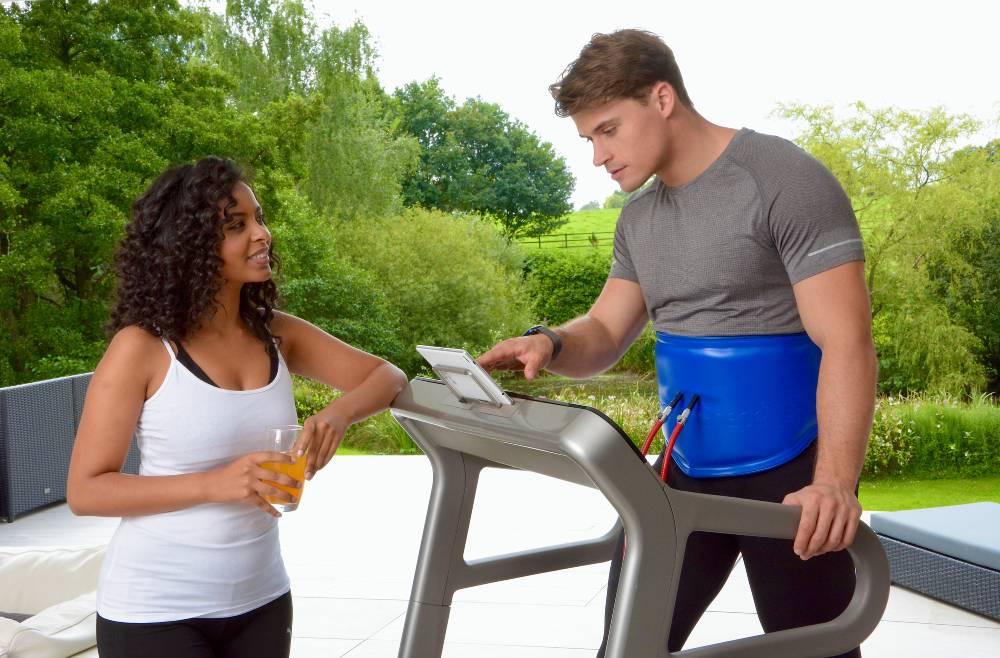A small change in your morning menu could boost your ability to burn fat and leave you feeling more energised. If your go-to breakfast leaves you sluggish – and unable to shift stubborn belly fat, try these 7 quick tips.
- Switch to a savoury breakfast.
The ‘healthy breakfast’ you thought was jump-starting your metabolism may actually be sabotaging your waistline. Sugary or processed foods in the morning can lead to a startling sugar spike. So-called “breakfast cereals” can hide overly processed ingredients and lots of added sugar. A high-carb and high-sugar meal also has a high glycemic index (GI), which can cause a rapid spike in insulin.
Insulin can put your body into ‘storage mode’ and yes, that could be bad for your waistline. When blood sugar rises, your pancreas releases insulin to tell muscle and fat cells to absorb nutrients. Insulin also tells the body when to stop burning fat stores and switch to creating more body fat. Studies show that a diet based on high GI food may predispose you to glucose intolerance and even type 2 diabetes.
Try some lower-sugar breakfast foods. Eggs have good quality protein, as does yoghurt, which also has good probiotics (just choose plain yoghurt with no added sugar). High protein/low GI foods help you avoid a quick spike in blood sugar that can lead to mid-morning crash and intense sugar cravings.
- Don’t drink the sugar
Fruit is good, so a huge glass of orange juice is even better, right? Unfortunately, juice and smoothies can contain an astonishing amount of sugar, minus the healthy fibre you get from fresh fruit. The fibre from a real tangerine or an apple’s pectin can mean slower digestion, so the pancreas isn’t overwhelmed.
Crunching through an apple takes time, and studies show that chewing is literally satisfying1: chewing decreases self-reported hunger and portion size, possibly by increasing certain gut hormones. “An apple a day keeps the doctor away” is an old saying that still rings true.
- Feel your oats
If you like oatmeal/porridge, you’re in luck. Oatmeal contains soluble and insoluble fibre – both helpful for a healthy body. Insoluble fibre aids digestion, and soluble fibre (also found in beans, oranges and pears) can lower cholesterol. We need around 30g of fibre a day, and if you don’t get enough, your gut has less of the “good bacteria” and more of the bad, the bacteria that likes sugar and can shift your metabolism. This higher fibre breakfast means a gentler rise in insulin – and less of a crash.
Ensure you opt for the healthiest versions. Large flake, rough or steel-cut oats have a lower GI than instant porridge (which can also be laced with added sugar). Just don’t douse all that goodness in a heap of sugar or syrup. A small dash of natural or raw honey (lower GI than sugar) and some berries will do nicely.
- Go nuts
Almonds and cashews are a good high-protein, low-GI nut to include at breakfast time. Choose plain nuts, rather than those roasted in lots of oil.
- Avocado bravado
Yes, they’ve become a cliché, but avocados are rich in good fatty acids – so they leave you feeling satisfied. Avocados can also improve insulin sensitivity, and set you up for a steady day, rather than erratic sugar peaks and crashes.
- Eat a rainbow
Breakfast can be a good time to start building your daily rainbow of colourful foods to ensure a nutritious diet. Blueberries and blackberries are high in fibre and anthocyanins, flavonoids with antioxidant effects. These berries also have enzymes that slow down digestion. They don’t spike blood sugar as much as some fruits and can balance out blood sugar spikes from any carbs in your breakfast.
- Daily bread?
Bread is a staple morning food for many humans across the globe. And yet, today’s bread is often highly processed, with a high GI that rapidly elevates blood sugar. Switch to simple breads, with wholegrain flour and without too many filler ingredients. Note: a bagel typically contains 66g of carbohydrates and almost no fibre, protein or fat. The calories could equal four slices of bread… so it might not be the most waist-friendly food, unless you’re planning a very active day on the treadmill.
1 NIH National Library of Medicine analysis of 17 experiments: https://pubmed.ncbi.nlm.nih.gov/26188140/

